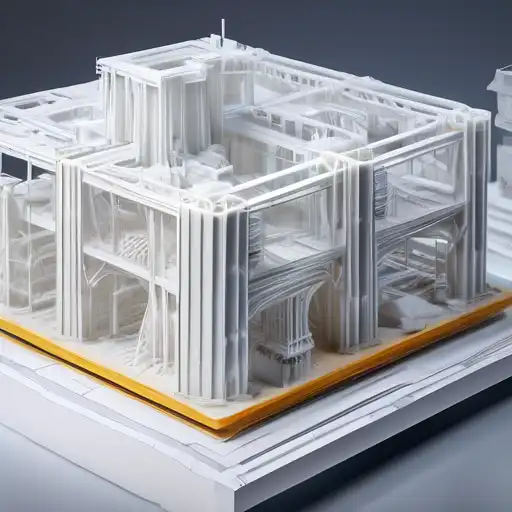Revolutionizing Construction: The Power of 3D Printing
3D printing technology is transforming the construction industry, offering unprecedented opportunities for innovation, efficiency, and sustainability. This groundbreaking approach allows for the creation of complex structures with minimal waste, revolutionizing how we think about building tomorrow.
The Advantages of 3D Printing in Construction
One of the most significant benefits of 3D printing in construction is its ability to reduce material waste. Traditional construction methods often result in excess materials that end up in landfills. In contrast, 3D printing uses only the necessary amount of material, significantly reducing waste and promoting sustainability.
Another advantage is the speed of construction. 3D printers can work around the clock, completing structures in a fraction of the time it takes with conventional methods. This efficiency can be particularly beneficial in disaster relief situations, where rapid construction of shelters is critical.
Challenges and Solutions
Despite its many benefits, 3D printing in construction faces several challenges. Regulatory hurdles and the need for standardized building codes are among the most pressing issues. However, as the technology matures, these challenges are being addressed through collaboration between industry leaders and regulatory bodies.
Material limitations also pose a challenge. Currently, most 3D printers use concrete or similar materials, which may not be suitable for all types of construction. Researchers are actively exploring new materials that could expand the possibilities of 3D printing in construction.
Case Studies: 3D Printing in Action
Several projects around the world showcase the potential of 3D printing in construction. For example, a company in the Netherlands has successfully printed a concrete bridge, demonstrating the technology's ability to create durable, load-bearing structures. Similarly, in Dubai, the government has set ambitious goals to have 25% of new buildings constructed using 3D printing by 2030.
These case studies not only highlight the versatility of 3D printing but also its potential to address global housing shortages by providing affordable, quickly constructed homes.
The Future of 3D Printing in Construction
As technology advances, the possibilities for 3D printing in construction are virtually limitless. From printing entire neighborhoods to creating structures on other planets, the future of construction is being rewritten. With ongoing research and development, 3D printing could soon become the standard in construction, offering a more sustainable, efficient, and innovative approach to building.
For those interested in the intersection of technology and construction, exploring more about construction technology can provide deeper insights into how innovations like 3D printing are shaping the future.
In conclusion, 3D printing in construction represents a significant leap forward in how we build. By embracing this technology, the construction industry can achieve greater sustainability, efficiency, and creativity, paving the way for a brighter tomorrow.
